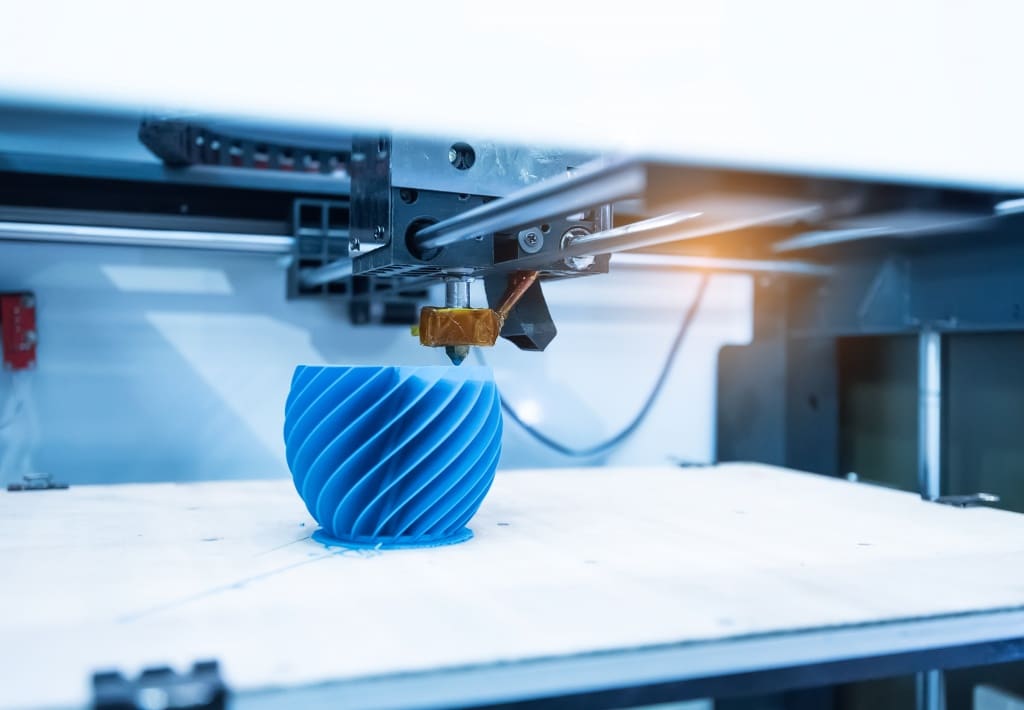
3D printers are available today even in home, inexpensive variants. With their help, we can create creative items. 3D printing is not just a toy – it can also save lives.
3D printing each time starts with a project – creating a digital model of the object we want to print. To prepare it, we need appropriate computer graphics programs or a 3D scanner. Then the order from the computer is sent to the printing device, which through the use of filaments (plastic fibers) begins the printing process.
3D printing is a spatial printing. This means that the printed object has three dimensions. It’s not flat and one-dimensional like traditional paper prints. So it’s no surprise that you need a suitable space in which to create the print. Most often this is a suitable container, cage or chamber. The room should be dry and clean.
The breakthrough for 3D printing technology came in 2009, when the patent for FDM (fused deposition modeling) printing expired and the technology became public. This led to a real boom in the production of home 3D printers. The consequence of the release are the names of 3D printing used interchangeably today: FFF printing and FFF/FDM.

3D printing technology is interchangeably called incremental or additive manufacturing. This is due to the printing process, which is based on applying the filament floor by floor until the designed object is created. To say that 3D printing has revolutionized the world is like saying nothing at all. It is impossible to list all the industries that benefit from its advantages.
Printing is used in almost all industries, medicine, aviation, fashion. It is ideal for creating prototypes, mock-ups and research projects. It definitely speeds up and simplifies production processes, and above all, it is much cheaper.
An industry to which additive printing technology has brought a lot of good is medicine. Doctors can easily print complex pre-operative models so that they can learn from them. Students have a chance to gain knowledge on 3D organ models created as exact copies of organs of patients with various diseases
Doctors are already printing valves, skeletons and scaffolds to help repair bodies damaged by disease. Such solutions are niche and in the testing phase for now, but they offer great hope for patients. Surgeons of all specialties are using 3D printing solutions.
Main Photo: stockphoto-graph/Adobe Stock